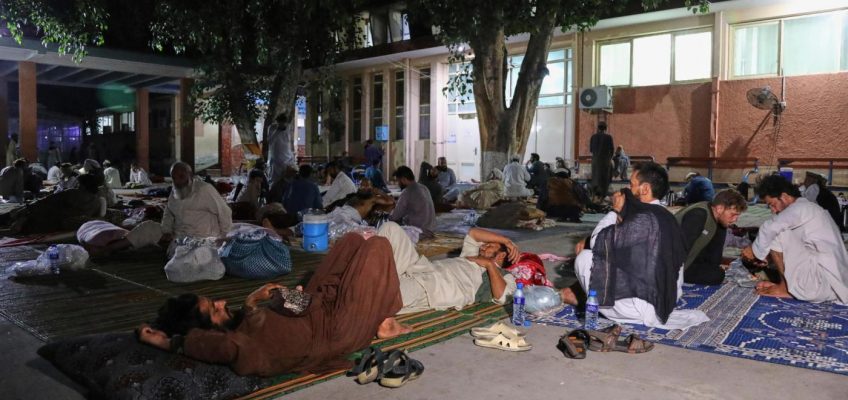JALALABAD, Afghanistan (AP) — Hundreds of bodies have been recovered from houses destroyed by a major earthquake in Afghanistan last week, pushing the death toll to over 2,200, a Taliban government spokesman said Thursday.
A 6.0 magnitude quake struck several provinces of the mountainous and remote east on Sunday night, levelling villages and trapping people under rubble. The majority of casualties have been in Kunar, where many live in steep river valleys separated by high mountains.
Taliban spokesman Hamdullah Fitrat, who provided the updated casualty figure of 2,205, said rescue and search efforts were continuing. “Tents have been set up for people, and the delivery of first aid and emergency supplies is ongoing.”
Afghans injured in a powerful earthquake that struck eastern Afghanistan on Sunday, lie on beds at Nangarhar Regional Hospital in Jalalabad, Afghanistan, Wednesday, Sept. 3, 2025. (AP Photo/Siddiqullah Alizai)
The rough terrain is hindering relief efforts. Taliban authorities have deployed helicopters and airdropped army commandos to help survivors. Aid workers have reported walking for hours to reach villages cut off by landslides and rockfall.
Funding cuts are also having an impact on the response.
Related Articles
Today in History: September 4, the 1949 Peekskill Riots
Famed streetcar in Lisbon derails, killing 15 people
Kim Jong Un has brought his daughter to Beijing. What to know about the possible North Korean heir
China’s military parade reveals new hypersonic missiles, drone submarines and ICBMs
Russia launches over 500 drones and missiles at Ukraine as Zelenskyy seeks more support
The Norwegian Refugee Council said it had fewer than 450 staff in Afghanistan whereas it had 1,100 in 2023, the date of the last major quake in the country. The council only had one warehouse remaining and no emergency stock.
“We will need to purchase items once we get the funding but this will take potentially weeks and people are in need now,” said Maisam Shafiey, the communications and advocacy advisor for the council in Afghanistan. “We have only $100,000 available to support emergency response efforts. This leaves an immediate funding gap of $1.9 million.”
Humanitarian organizations have called the latest disaster a crisis within a crisis.
Afghanistan was already struggling with the impact of climate change, particularly drought, a weak economy and the return of some 2 million Afghans from neighboring countries.


Leave a Reply